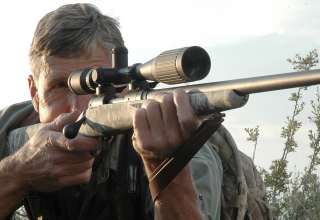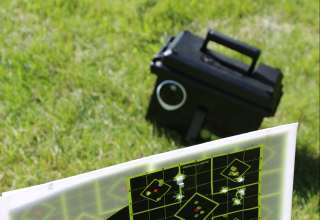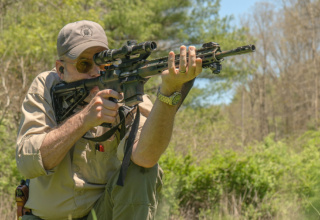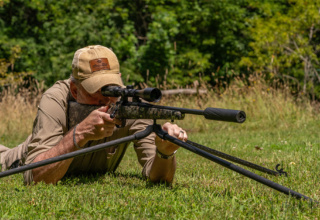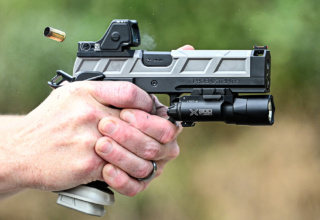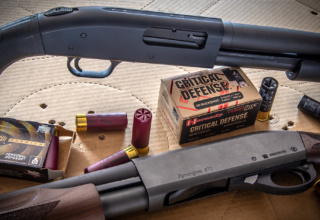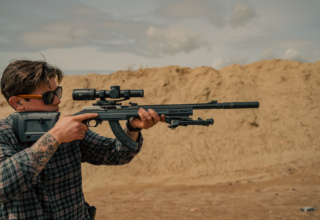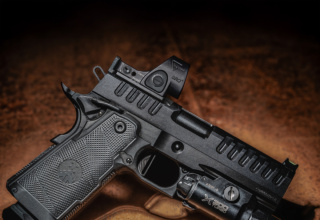…or “Uncomplicating the Complicated Science of Ballistics”
by Richard Mann
Ballistics can be complicated, and when it comes to rifle and handgun ballistics, some shooters struggle to comprehend all they should know. I’ve been a student of ballistics for almost as long as I’ve been shooting, and I’ve conducted hundreds of ballistic experiments. More importantly, I’ve worked with bullet, gun powder, and firearms and ammunition manufacturers to educate myself. I’m a long way from an expert but I’ve learned enough from a lot of smart folks in the firearms industry to maybe provide a hillbilly-simple explanation of ballistic basics.
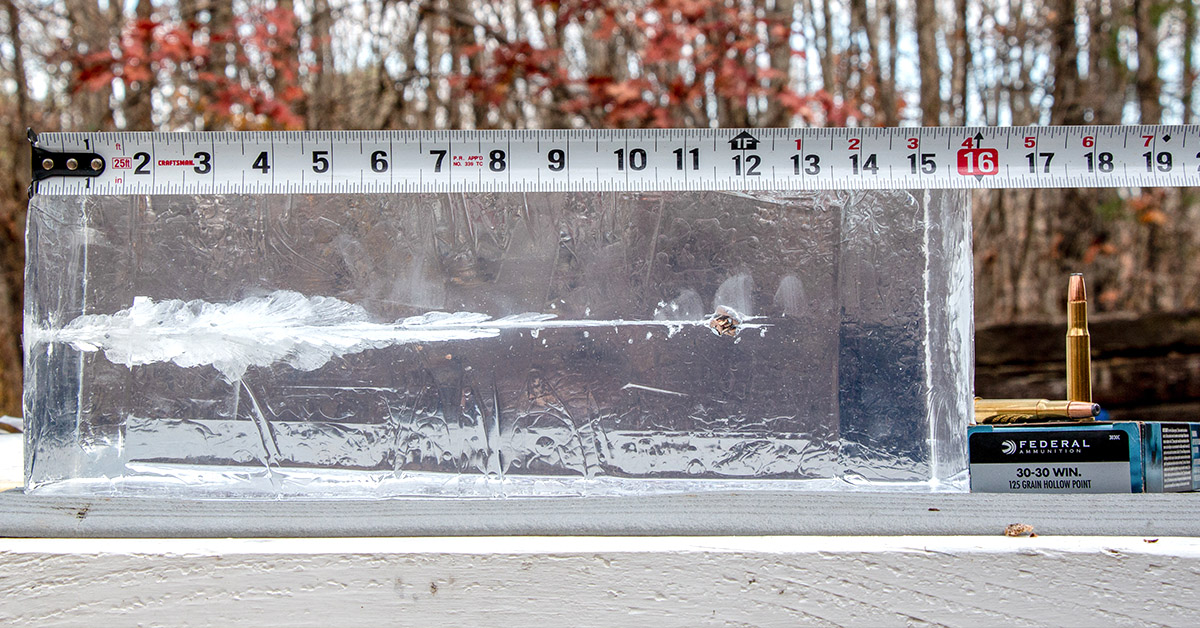
Ballistics science incorporates three distinctly different areas. Internal ballistics is concerned with everything that goes on inside the chamber and barrel of a firearm, from the point when the firing pin ignites the primer until the bullet leaves the barrel. External ballistics deals with everything related to a bullet from the time it leaves a gun’s muzzle until it reaches the target. And finally, terminal ballistics is the science and study of what bullets do when they impact and penetrate a target.
To better understand these different areas, let’s look at some common ballistic terms and what they mean.
Chamber Pressure
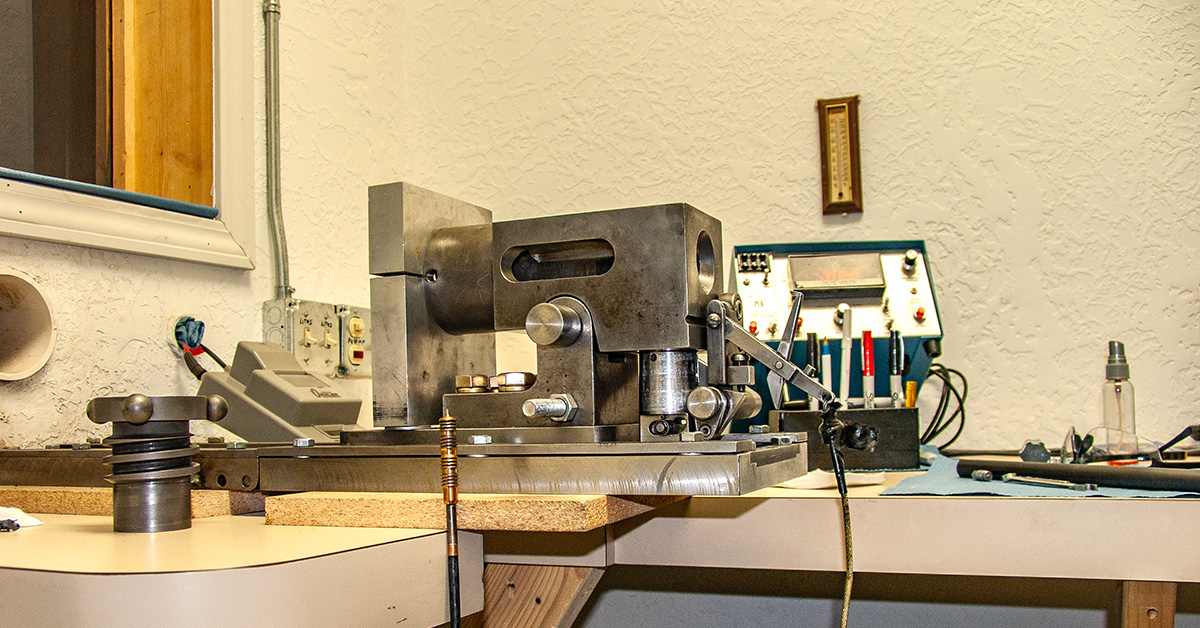
The maximum average pressure (MAP) produced in the chamber of a gun by a metallic cartridge is very important. Ultimately, it determines the velocity of the bullet, but it is also the guiding specification that allows ammunition manufactures to create ammunition that’s safe to shoot in new and old firearms. Chamber pressure does not equate to kinetic energy. For example, the .327 Federal Magnum operates at 45,000 psi, but the .44 Mangum operates at 36,000 psi. The best .327 loads will generate almost 500 foot-pounds of kinetic energy, but the best .44 loads will generate more than 1200. The Sporting Arms and Ammunition Manufacturer’s Institute (SAAMI) is the organization that establishes pressure limits for American-made ammunition.
Kinetic Energy
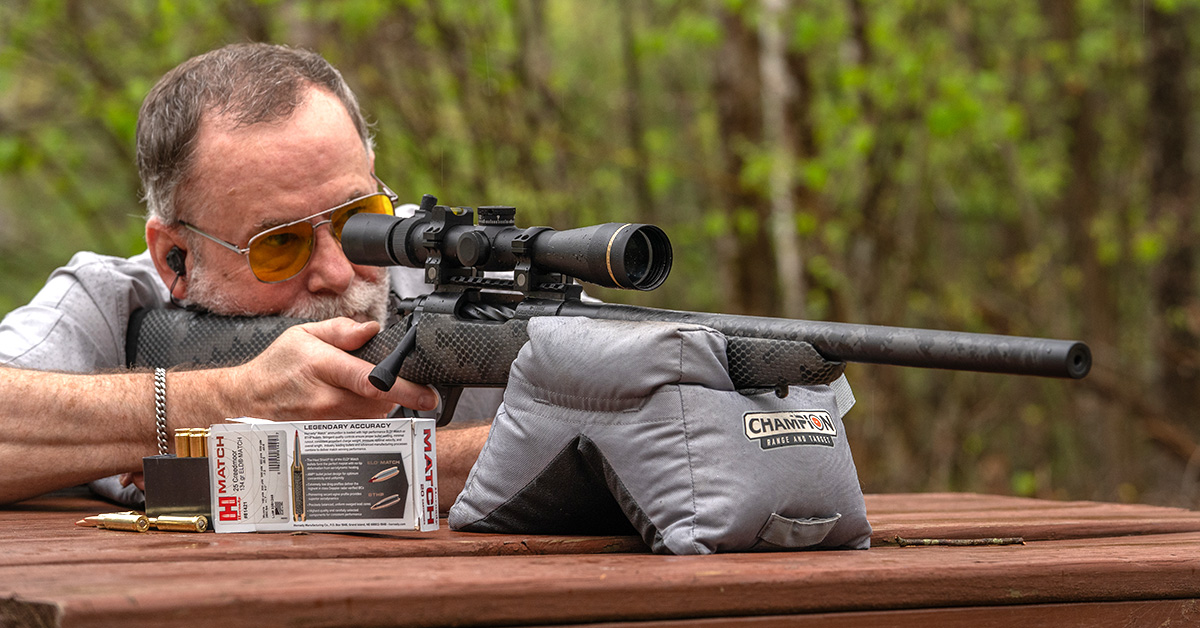
Shooters often mistakenly correlate kinetic energy to terminal effectiveness. Conventional wisdom suggests more energy equates to more damage to an animal for hunters, or to a bad guy during a self-defense shooting. More kinetic energy can help, but there’s no linear correlation. You should look at kinetic energy the same way you look at horsepower in an automobile. With an automobile, the transmission and differential determine how the automobile uses its horsepower, and with a bullet, its construction determines how its kinetic energy is applied.
Twist Rate
The rifling in a barrel spins the bullet as it moves down the barrel. The distance a bullet must move forward to rotate one time is determined by the twist rate of the rifling. For example, a twist rate of 1 in 12 means the bullet will rotate one time for every 12 inches it travels. This rotational rate remains mostly constant inside the barrel, during flight, and during penetration. The longer a bullet is, the faster twist rate it needs for stabilization. This is why many modern rifle cartridges shooting very high ballistic coefficient bullets have a fast — one rotation over less distance — twist rate than some older cartridges.
Velocity
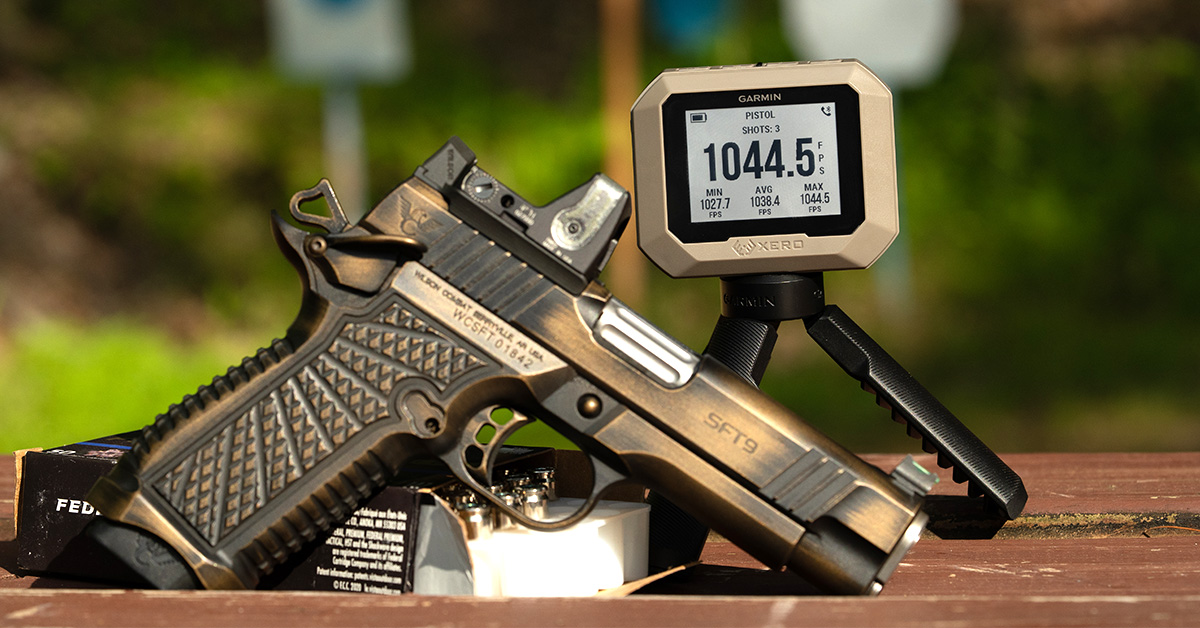
Velocity is the foundation for all things ballistic because without velocity, ballistics do not exist. Velocity is a product of internal ballistics and dictates external ballistics, which is concerned with the bullet’s flight path. Velocity is also the driving force when it comes to terminal ballistics. Without velocity, bullets simply do not work. Shooters can effectively and affordably measure velocity with a chronograph, and it is key when trying to calculate trajectory and wind drift.
Trajectory
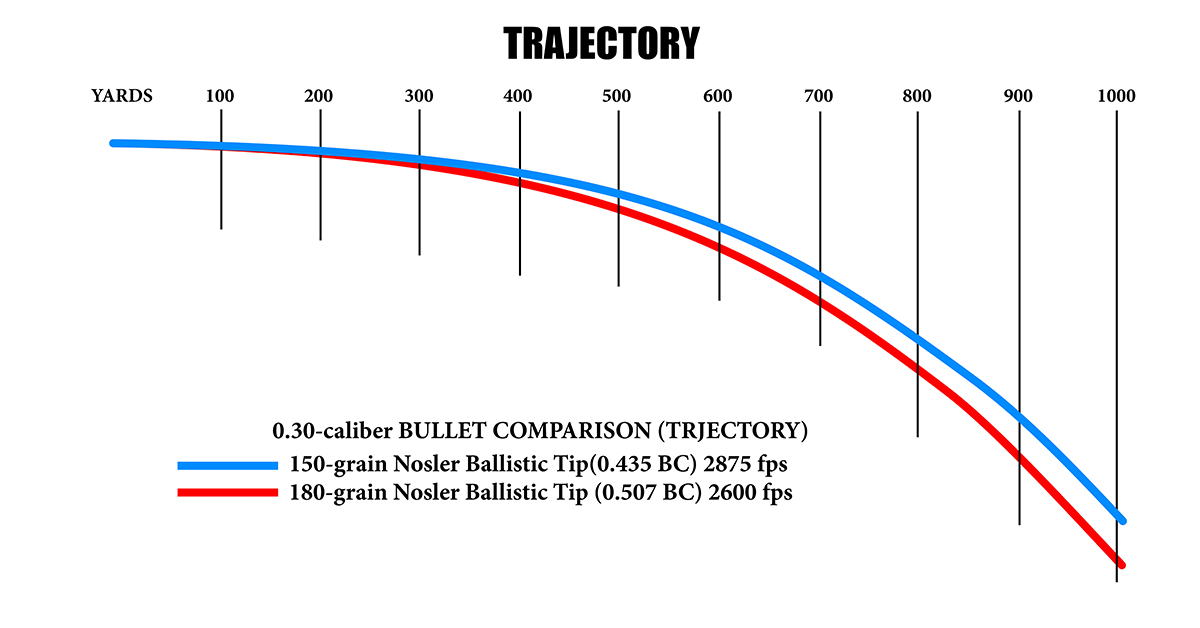
Trajectory is mostly influenced by velocity, but a bullet’s ballistic coefficient plays a part, too. What most shooters do not realize is that all bullets fall to Earth at the same rate. Differences in trajectory exist because of variations in velocity and the bullet’s ballistic coefficient (BC). The more velocity and the higher BC a bullet has, the further it can travel before it hits the ground. If you know a bullet’s velocity, BC, and all related atmospheric conditions, you can accurately predict its position in relation to your point of aim at any distance.
Wind Drift
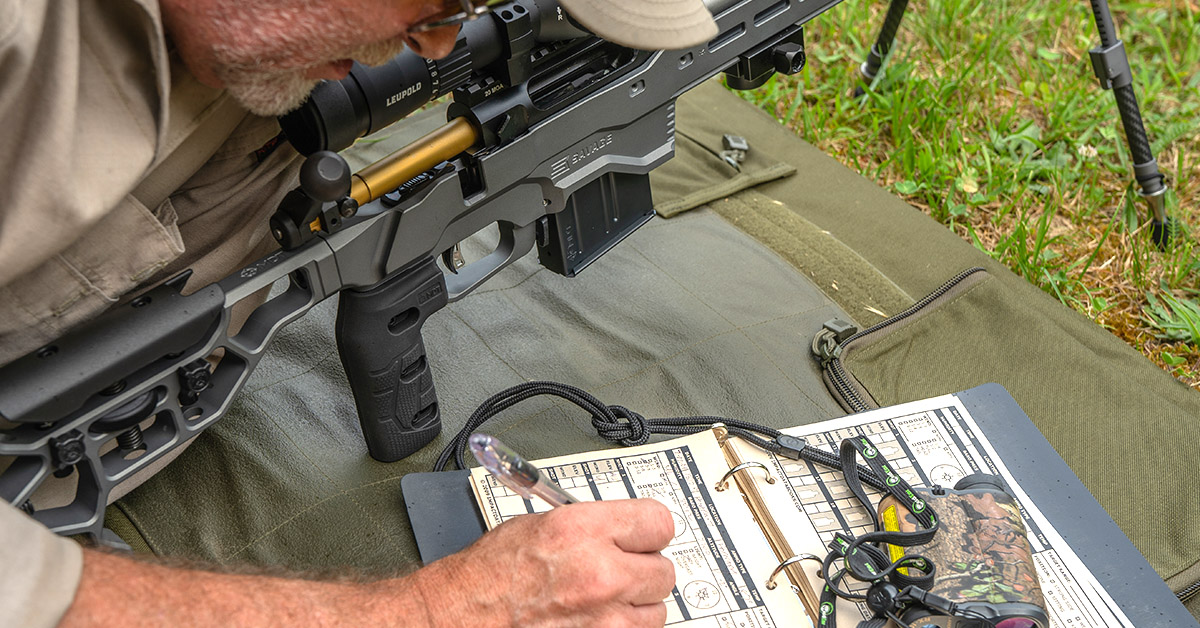
During flight, wind can push a bullet off course. The faster the wind blows and the closer the wind direction is to a 90° angle to the bullet’s path, the more deflection there will be. Two things help shooters overcome wind drift. The first is velocity. The faster a bullet is moving the less time the wind will have to push on it. The second is ballistic coefficient. The higher the ballistic coefficient, the more resistant the bullet is to wind.
Ballistic Coefficient (BC)
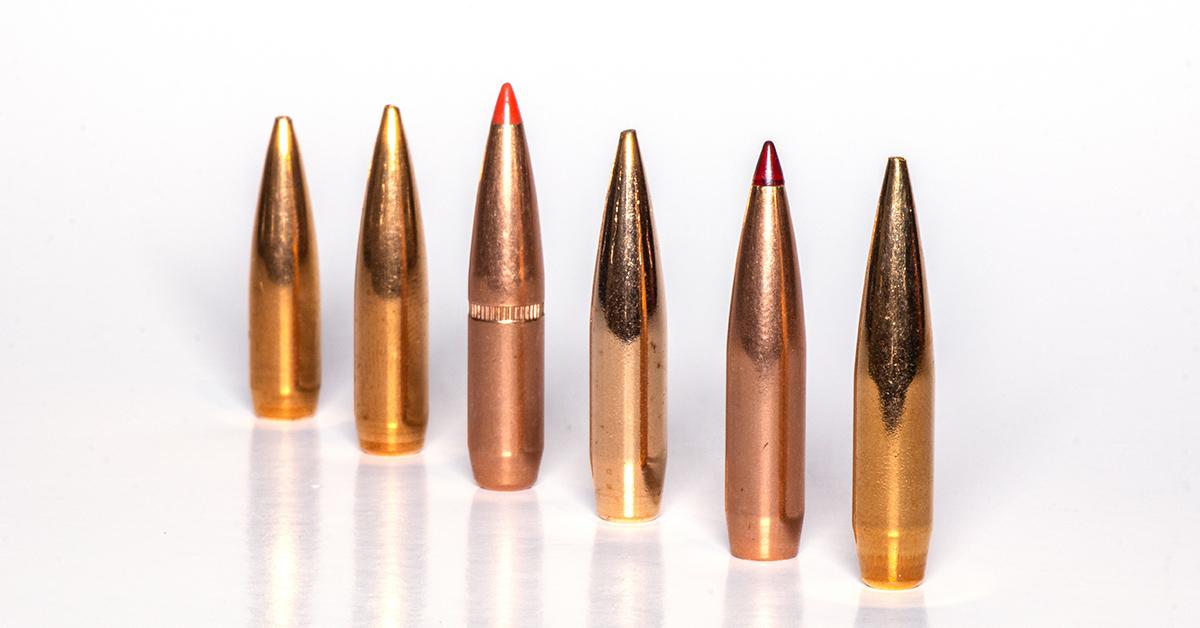
Ballistic coefficient is a mathematically generated number used to express a bullet’s ability to overcome resistance during flight. The higher the BC, the easier it is for a bullet to pass through the air. Another way to look at BC is like it’s a number representing a bullet’s aerodynamic properties. Generally, with modern high-velocity rifle cartridges, a bullet’s BC only matters when you’re shooting at distances beyond 300 yards.
Sectional Density (SD)
In most situations, sectional density is about as useful as a blind soccer referee. It’s just a numerical representation of a bullet’s weight compared to its diameter. Many consider sectional density a representation of how well a bullet might penetrate. If you’re shooting solid, non-deforming bullets, it can be an indicator. But with bullets that deform or upset on impact, their weight-to-diameter changes almost instantly, nullifying any practical application the unfired bullet’s sectional density might have. As a point of fact, a 165-grain 0.30-caliber bullet made of lead has the same sectional density as a 165-grain 0.30-caliber bullet made of cheese.
Expansion
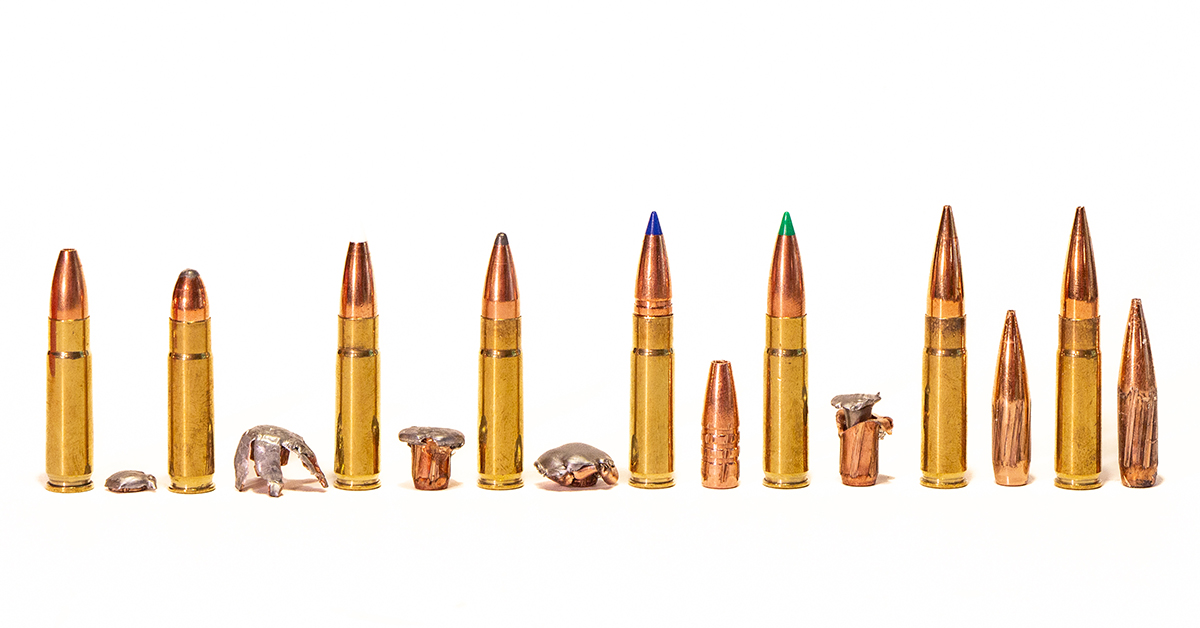
Technically, bullets do not really expand — they may flatten out, but they do occupy more space after they change shape or upset. Deformation or upset are better terms to illustrate what a bullet does when it impacts something. Generally, bullets that change shape after impact tend to mushroom or flower out, and this shapeshifting allows them to damage more tissue — create a bigger splash — that radiates outward from their path through the target.
Penetration
Most often, we measure bullet penetration by shooting in 10% ordnance gelatin, but sometimes ballisticians use 20% gelatin, Clear Ballistics, plastics, and wax. The most important thing about penetration is having enough of it, and “enough” varies from situation to situation. If you’re shooting an elephant, you’ll need more penetration than if you’re shooting a whitetail deer or a bad guy.
Recovered Bullet Diameter
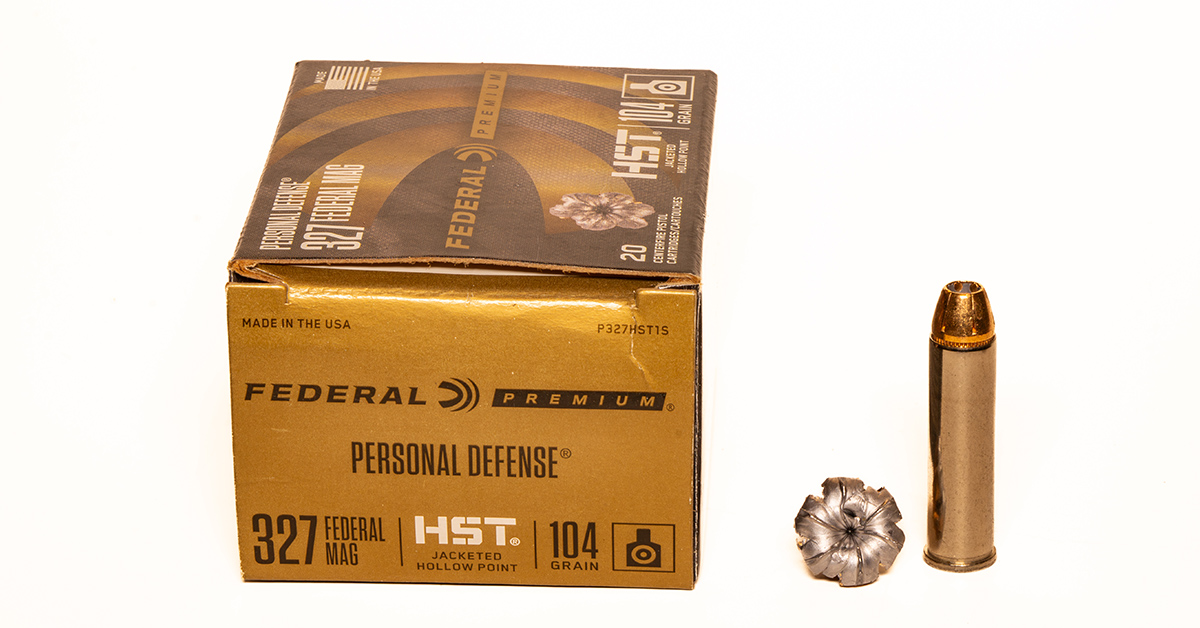
When a bullet impacts a target and begins to deform, most often the front or nose of the bullet flattens. The frontal diameter of the bullet determines the size of hole it makes and, in conjunction with velocity, it dictates the intensity of the “splash” it makes inside the target. Frontal diameter is also integral to penetration; the larger it is, the less a bullet will penetrate. In most applications where a deforming/expanding bullet is desired, an increase in the frontal diameter of between 1.5 and 2 times the original diameter is optimal.
Recovered Bullet Weight
The weight of a recovered bullet is of no consequence except that bullet weight influences penetration. It’s not like we make bullets of gold, or we are going to reuse them. From a terminal performance perspective, it’s not about how much weight a bullet retains but about how much tissue it can destroy. Bullets that retain more weight can penetrate deeper. But often — especially in the case of rifle bullets — this equates to less tissue destruction because the ability to penetrate deep generally comes from bullets that upset with a smaller frontal diameter. If a bullet obtains the necessary penetration, its remaining weight is immaterial.
Stopping Power

Stopping power is mostly a term created by gun writers who use it to describe things they do not understand about terminal ballistics. If you want others to take you seriously when you’re talking about guns, stop using it. The terminal effectiveness or lethality of a bullet cannot be accurately quantified into a number that represents its ability to stop something. Instead, it is a complex and varying physical interaction between a living thing, shot placement, and how a bullet deforms and penetrates.
Accuracy & Precision
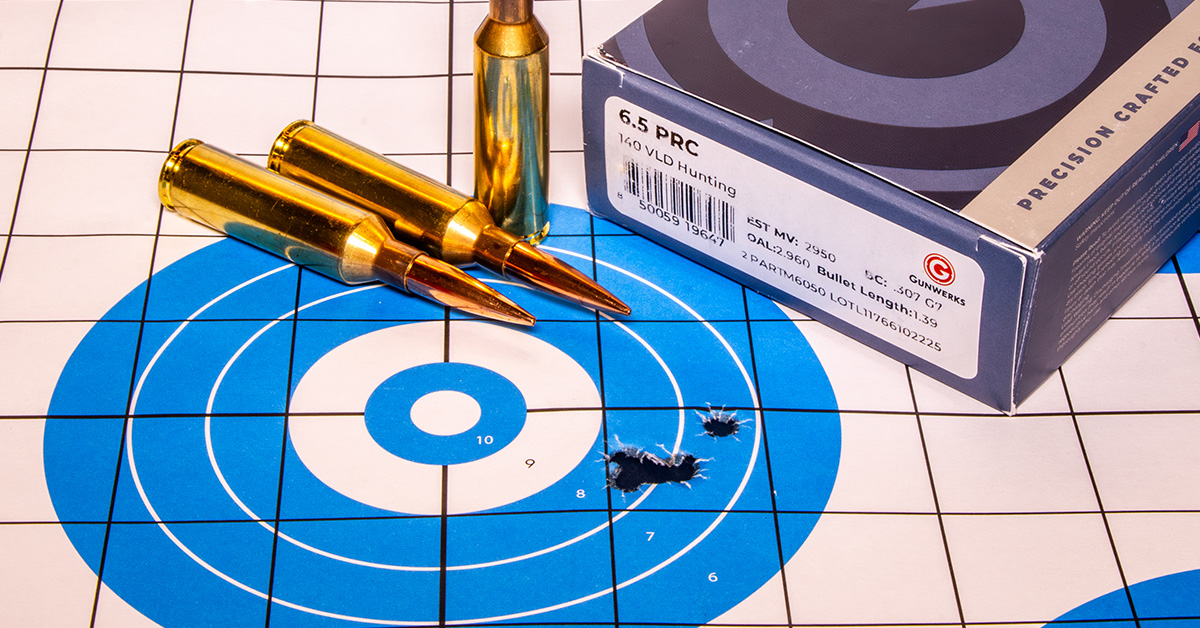
Accuracy and precision are two terms that are frequently confused with one another. Accuracy is the ability to hit what you’re aiming at. Precision is the ability to repeatedly strike the same spot. If a rifle shoots a five-shot group that measures less than an inch at 100 yards, then that rifle is demonstrating precision. For it to be an accurate rifle, the bullet/s must strike the point of aim.
Shot Placement
Even though shot placement is not really a ballistics term, for you to benefit from ballistics, you must place your shot correctly. This applies whether you’re shooting for recreation, competition, while hunting, or to save your life. The understanding of ballistics — trajectory and wind drift — can help you make a better shot, but shot placement is driven by skill as opposed to science. You need to know where to aim to get the result you want.
- Why the 9mm? - December 8, 2025
- TRAINING BASICS: The Walk Back Drill - November 19, 2025
- FIELD TESTED: The Springbok Tripod - October 22, 2025


